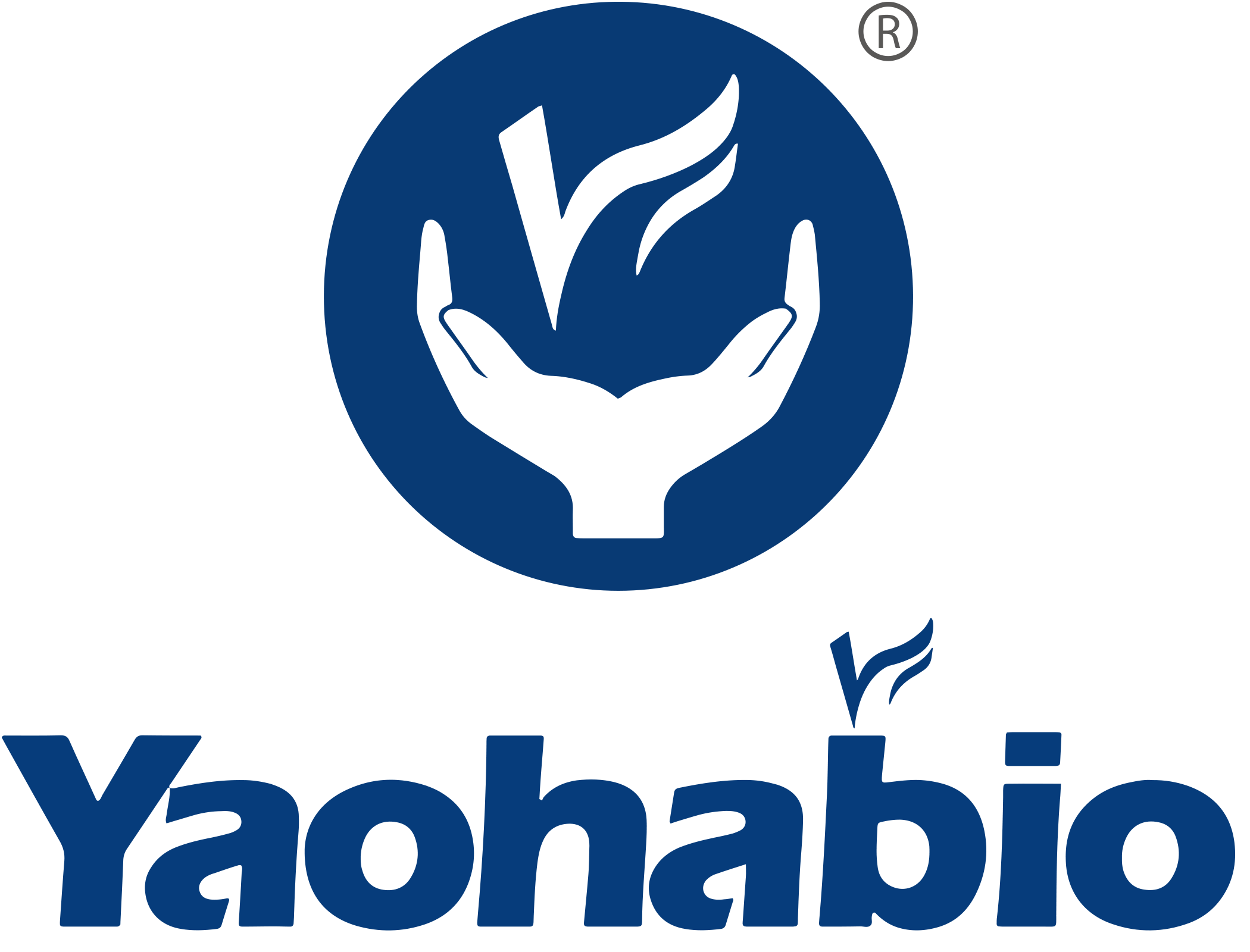유전자 요법은 혁신적인 치료 접근 방식으로, 많은 불치병에 새로운 희망을 가져다줍니다. 그중에서도 미니서클 DNA(mcDNA)는 비바이러스성 DNA 운반체로서 점차 독특한 매력을 보여주고 있습니다.
McDNA 소개
mcDNA는 원핵생물 서열을 제거하고 진핵생물 서열만 남겨 플라스미드 DNA(pDNA)에서 유래된 더 작고 안전한 유전자 전달 벡터입니다. pDNA와 비교했을 때, mcDNA는 면역원성을 크게 줄이고 항생제 저항 유전자의 전달 위험을 피하며 세포 내에서 더욱 효율적인 유전자 발현을 달성하여 치료 효과를 높입니다.
야오하이 바이오-파마는 성숙한 공정 개발 및 GMP 생산 경험을 바탕으로 순환형 및 선형 플라스미드의 GMP 준수 생산 플랫폼을 구축했습니다. 야오하이는 고객들의 다양한 요구를 충족시킬 수 있으며, 사전임상 연구, IND 제출, 임상 시험, 상업 생산에 이르기까지 프로젝트의 진행을 효율적으로 지원합니다.
McDNA의 생산 과정
McDNA의 생산은 부모 플라스미드(PP) 증폭, 재조합 유도 및 불순물 제거와 같은 단계를 포함합니다. 현재 mcDNA 생산에는 Phage λ 인테그라제, Phage P1 Cre 재조합효소, ParA 리졸베이즈, 그리고 PhiC31-인테그라제/I-SceI 호밍 엔도뉴클레아제 시스템과 같은 다양한 재조합 효소 시스템이 사용됩니다. 그러나 각 시스템은 수율, 순도 및 비용 측면에서 문제점을 안고 있습니다. 수율을 높이기 위해 연구자들은 유전자 균주 수정 및 발효 조건 최적화와 같은 전략을 탐구하고 있습니다.
McDNA의 정제
McDNA의 정제 방법은 백본 수정에서 새로운 크로마토그래피 기술로 발전했습니다. 다양한 정제 전략에도 불구하고 회수율이 낮고 비용이 높은 문제는 여전히 남아 있습니다. 최근 연구에서는 카다베린 변형 모노리식 컬럼과 같은 기술을 사용하여 mcDNA를 효율적으로 정제하는 데 성공했지만, 비용 절감과 회수율 향상을 위한 추가적인 노력이 필요합니다.
McDNA의 정량 분석
현재, mcDNA의 정량 분석은 주로 높은 비용과 제한된 정확도 문제를 가진 qPCR 및 전기영동 등의 방법에 의존하고 있습니다. 최신 연구에서는 크로마토그래피 기술을 이용하여 mcDNA의 신속하고 정확한 정량 분석을 달성했으며, 이는 mcDNA의 품질 관리에 새로운 수단을 제공합니다.
McDNA의 응용 전망과 과제
mcDNA는 유전자 치료, DNA 백신, 세포 치료 등에서 넓은 응용 전망을 가지고 있습니다. 그러나 낮은 수율, 높은 비용, 어려운 품질 관리, 제한된 체내 전달 효율 등의 문제가 해결되어야 합니다. 미래에는 연구자들이 mcDNA의 수율 증가, 비용 절감, 품질 관리 방법의 최적화, 더 효율적인 전달 시스템 개발에 중점을 두어 mcDNA의 임상 적용 발전을 촉진할 것입니다.
결론
비바이러스 DNA 운반체로서 mcDNA는 유전자 치료 및 관련 분야에서 큰 잠재력을 가지고 있습니다. 많은 도전 과제에 직면해 있지만, 연구와 기술의 발전에 따라 mcDNA는 미래에 가장 인기 있는 비바이러스 DNA 운반체가 되어 의료 분야에 돌파구를 제공할 것으로 예상됩니다.
야오하이 바이오-파마는 또한 적극적으로 글로벌 기관 또는 개인 파트너를 모색하고 있으며, 업계에서 가장 경쟁력 있는 보상을 제공합니다. 문의 사항이 있으시면 언제든지 연락 주십시오: [email protected]

 EN
EN
 AR
AR
 HR
HR
 CS
CS
 DA
DA
 NL
NL
 FI
FI
 FR
FR
 DE
DE
 EL
EL
 IT
IT
 JA
JA
 KO
KO
 NO
NO
 PL
PL
 PT
PT
 RO
RO
 RU
RU
 ES
ES
 SV
SV
 IW
IW
 ID
ID
 LV
LV
 LT
LT
 SR
SR
 SK
SK
 SL
SL
 UK
UK
 VI
VI
 ET
ET
 HU
HU
 TH
TH
 TR
TR
 FA
FA
 AF
AF
 MS
MS
 BE
BE
 MK
MK
 UR
UR
 BN
BN

